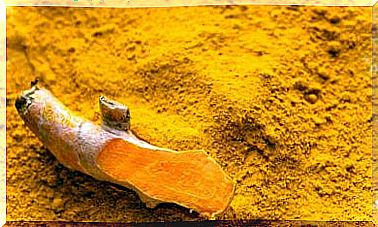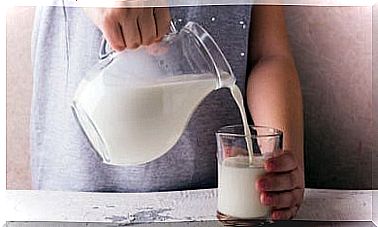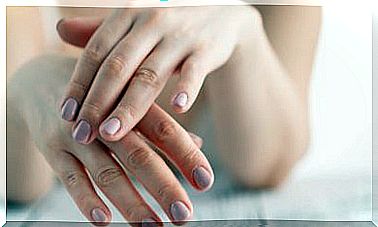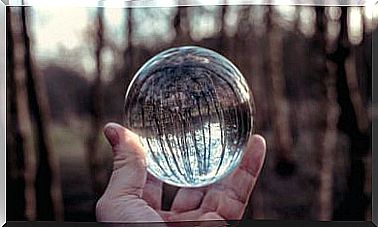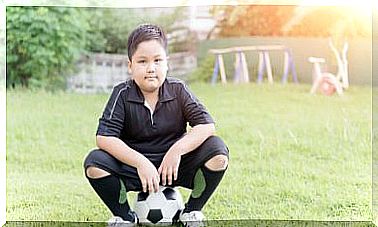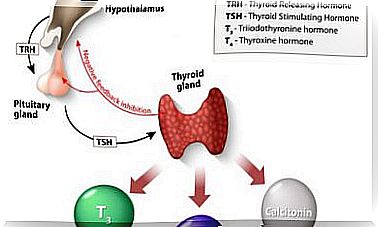Diagnosis And Treatment Of Osteoarthritis Of The Spine
Spinal osteoarthritis is the degeneration of the nucleus pulposus of the intervertebral disc, which loses thickness and density. It is caused by normal wear of the intervertebral disc.
In youth, the disc is thick and gelatinous in consistency. As the years go by, the disc becomes dehydrated and loses height as the composition of the nucleus pulposus changes. After 30 or 40 years of age, it is normal for radiology to show initial signs of vertebral osteoarthritis. They are revealed at some level of the spine, whether or not there is pain.
When the disc wears, its cushioning capacity decreases, the load on the vertebra increases, and the bone grows, appearing osteophytes or parrot beaks, which can sometimes join adjacent vertebrae.
They only cause problems in cases where they cause spinal stenosis or compress the nerve. The more or less early appearance of this process and its progression are influenced by genetic, nutritional, traumatic and mechanical factors.
80% of the general population has back pain at some point in their life, and all adults above a certain age show signs of disc degeneration.
Risk factor’s

Different scientific studies have shown that:
- Being overweight does not accelerate disc degeneration. On the contrary, a progressive increase in body weight of up to 12 kilograms, delays the degeneration. Although the effect is unknown when overweight is greater.
- Smoking has a negative effect on bone health, and favors the development of problems such as osteoporosis. Therefore, it is considered a risk factor in many other diseases that affect the bones and joints.
- Working with heavy loads regularly also has a minimal effect on degeneration.
- Genetic inheritance is the main determinant of disc degeneration.
Symptoms of osteoarthritis of the spine
Some of the symptoms of osteoarthritis of the spine are the following:
- Pain and stiffness in the neck.
- Low back pain that comes and goes.
- Loss of strength in the legs.
- Low back pain that radiates to the buttocks, thighs and pelvic region.
- Limited mobility in the spine and difficulty bending and walking.
- Spinal stiffness in the morning that eases during the day and decreases with activity.
As the disc wears down, the muscles have to do progressively more work to support the spine and maintain balance during movement. If your muscles are strong and resilient enough, and the different muscle groups are well coordinated, you can take on that extra effort.
However, the studies carried out show that there is no correlation between the degree of wear of the intervertebral disc and the existence or not of pain.
The greater the muscle development, the less direct is that relationship. For this reason, there are cases in which signs of very advanced degeneration are observed in people who do not have any pain, but have sufficient muscles.
According to the Galician Society of Orthopedic Surgery and Traumatology (SOGACOT) “times of pain are more frequent when the weather changes, and especially when the atmospheric pressure does”.
Diagnosis
The diagnosis of osteoarthritis of the spine is based on symptoms such as pain, stiffness, and limitation of movement. In addition, the examination in which pain and limited mobility of the lumbar spine are usually highlighted is considered. The most frequently requested complementary tests are spinal radiographs.
Treatment of osteoarthritis of the spine

The goal of treatment is to relieve pain and improve quality of life. For this, there are several alternatives such as: physical measures, drugs and surgery.
Treatment consists of the use of analgesics such as paracetamol. However, if it is not enough, they can be associated with anti-inflammatory drugs during the acute phase of pain. In cases where anti-inflammatories cannot be used, opioid pain relievers such as tramadol may be helpful.
People with severe spinal osteoarthritis may have an associated neurological complication. In these cases, the compression of a nerve or the stenosis of the canal, makes it necessary to treat with other types of drugs such as pregabalin or gabapentin.
Guidelines and treatments led by a physical therapist are also helpful. In this way, combining all the options relieves the symptoms of osteoarthritis of the spine.
